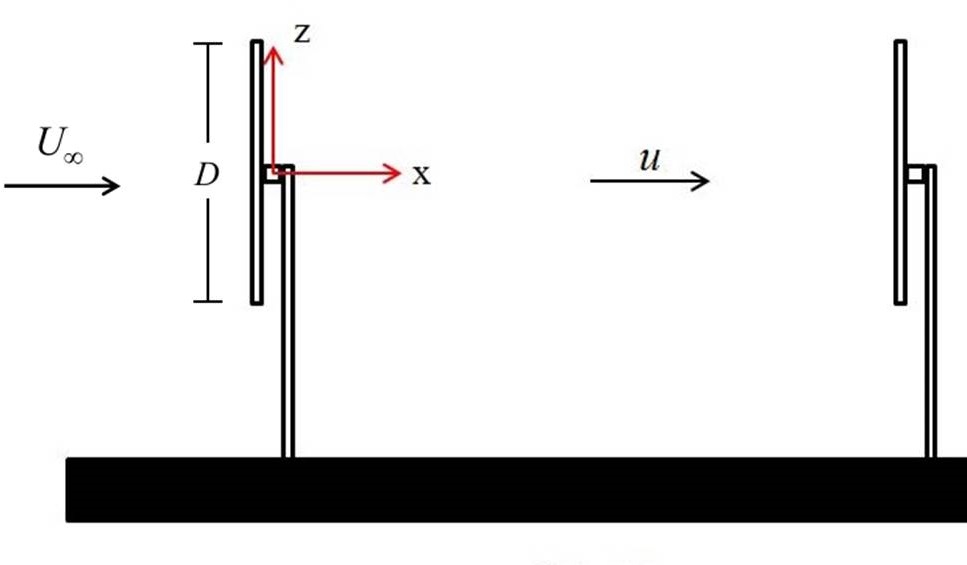Wind Energy (Publications)



Funding: NSF, IREE, MnDrive
Modeling and Control of Wind Farms: Currently, wind turbines in a wind farm are operated to maximize their own performance without considering the impact of wake effects on nearby turbines. The objective of this research is to increase total power and reduce structural loads by properly coordinating the individual turbines in a wind farm. The effective design and analysis of such coordinated controllers requires turbine wake models of sufficient accuracy but low computational complexity. Low fidelity models can provide useful insight into wake interaction, but lack the complexity to provide realistic wind farm results. Medium and high fidelity models are necessary for constructing an advanced controls framework that can be used to optimize turbine placement and control design in a wind farm.
Graduate Student: Jen Annoni (Publications)
Active Power Control for Wind Turbines: Traditional wind turbine control algorithms attempt to maximize the power capture at low speeds and maintain the rated power at high wind speeds. Active power control refers to a mode of operation where the turbine tracks a desired power reference command. Active power control enables wind farms to perform frequency regulation and to provide ancillary services in the energy markets. This research focuses on a multiple input, multiple output strategy for active power control. The objective is to track a given power reference command while also minimizing the structural loads. The control design for realizing these objectives starts from the construction of a linear parameter varying (LPV) model of the turbine. This model is scheduled based on the wind speed and the power output to compensate for the nonlinear turbine dynamics. In the next step, the LPV controller is designed using the recently developed robust synthesis algorithm for LPV systems. It takes uncertainties of the model into considerations and therefore the robust performance of the designed LPV controller can be guaranteed. High fidelity simulations in FAST show that this LPV controller meets all design objectives.
Graduate Student: Shu Wang (Publications)
System Identification for Utility Scale Turbines: Dynamic models of a system are required for most control design approaches. While aeroservoelastic models offer reasonably accurate predictions of a wind turbine's behavior, there are many factors that contribute to uncertainty in the dynamic modes and time constants of real wind turbines. These might include the difference between the actual and modeled material properties, modeling simplifications or assumptions, etc. System identification can help in understanding the underlying dynamics and in modeling the actual phenomena that is seen in the data. The identified models can be used for improved control for increased power production and load reduction. Identification of a wind turbine model is challenging because the primary input (wind speed) is difficult to measure as it varies rapidly in time and space. The ultimate goal of this research is to identify a model of the Clipper Liberty C96 turbine using experimental data collected at the University of Minnesota Eolos Field station.
Graduate Student: Daniel Showers (Publications)
Last Modified: 2016-05-13 at 07:30:38 -- this is in International Standard Date and Time Notation